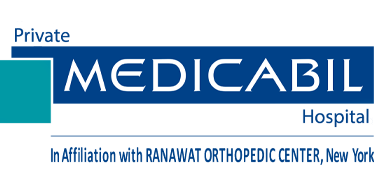Bariatric Surgery
- Home
- Bariatric Surgery
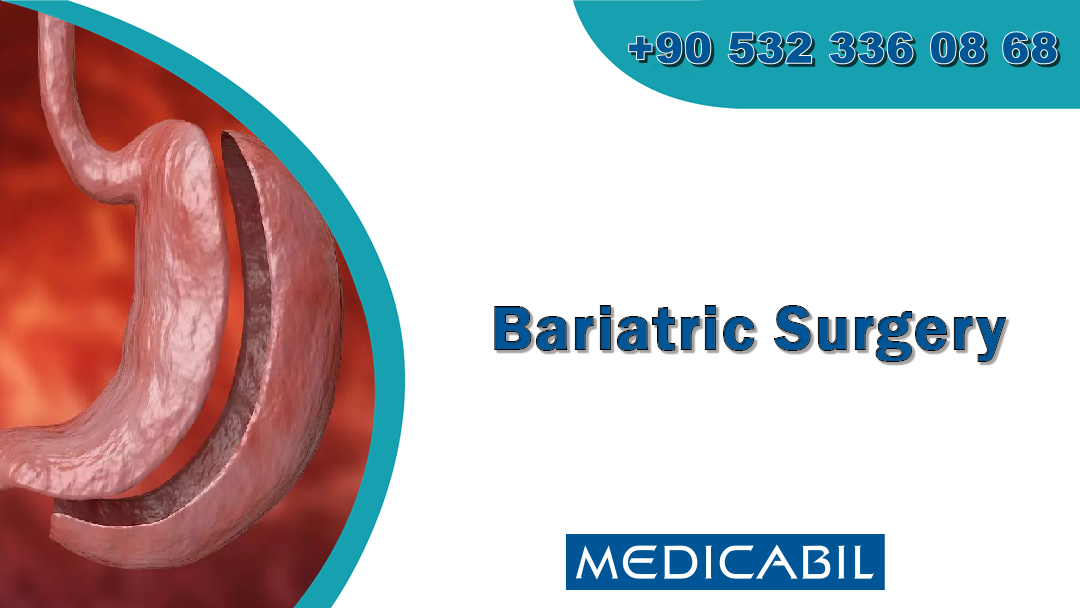
Obesity has become a serious problem all over the world, especially in some developed countries.Today, in the United States, about 45% of the population over the age of 15 in women and 35% of men have a body mass index of obesity. The situation in our country is not at all heartwarming. Our women are about 35% obese and our men about 10%. The increase in the rate of childhood obesity illustrates a more important problem. Studies show that obese young adults have a 20% shorter life span than normal weight young adults. Obesity can cause diabetes, heart disease, high blood pressure, sleep apnea, serious joint disorders and psychological problems. In addition, obese people have a higher incidence of breast, colon and uterine cancer. The most commonly used method for determining obesity is the calculation of body mass index(BMI). BMI is calculated as follows; BMI: weight / height(m) x Height(m) in Kg)
Am I A Candidate For Obesity Surgery?
A person is defined as obes if their BMI is over 30. If the person is forty and over, they fall into the group of morbid obes (fatal obesity). People who reach these pounds are also the most successful methods of weight loss surgical methods. In 1991, the American Institute of Health recommended these surgeries as follows;
- Patients with a BMI of more than 40 or more than 35 and serious side problems (such as diabetes, hypertension, sleep apnea, joint problems).
- These people first try and fail non-surgical methods.
- There should be no barriers to surgery and general anesthesia.
- The person should be willing and fully informed about this.
Are These Surgeries Effective?
It is the most successful way to permanently lose weight.
Co-diseases improve by up to 90%.
At the same time, there is a significant increase in quality of life and feelings such as self-confidence and self-esteem.
Points to know;
- Surgery alone does not cause weight loss. Active participation of a person in this work (change in eating habits, exercise, participation in follow-ups) will facilitate weight loss.
- It should be noted that there may be some complications and problems even long after surgery.
- Problems such as band shift, erosion in Band patients
- Some problems with nutrition
- Disorders of body contour
- These problems can be solved by removing band, using vitamins, minerals, aesthetic interventions and psychological support.
As with many other operations, the mortality rate associated with these operations is not zero. But this rate never exceeds 1%. For comparison, death rates in some other surgeries are as follows;
- 0.1-0.5% after gallbladder operations
- By pass post % 2
How Are These Surgeries Effective?
These operations affect the work of the gastrointestinal system. They limit the amount of nutrients a person receives and/or reduce the absorption of food. There are basically two main types.
Exactly restrictive systems :
They reduce stomach volume. The two most known types;
- Adjustable gastric band (stomach clamp)
- Sleeve gastrectomy (tube stomach)
Restrictive and anti-absorption initiatives:
- They reduce the volume of the stomach and reduce the absorption of food.
- Gastric bypass
- Biliopancreatic diversion
Every technique has its advantages and disadvantages. Usually the decision will be taken with the team that will perform the surgery and with you.
Preparation
This stage is important and requires your participation. An important part of preoperative preparation is the decision-making stage. If you are an adult in this decision, your family's participation is extremely important. Preoperative preparation includes some blood, X-rays.
Breathing, heart evaluation can be performed in the necessary patients. Anesthesia will be evaluated before surgery. Purpose of these assessments:
Assessment of your health (includes research on diabetes, hypertension, cholesterol levels, heart problems, sleep apnea syndrome, and other respiratory problems)
Psychiatric examination if necessary
Investigation of your physical activity and eating habits
Suspected pregnancy
Changing preoperative habits is an important indicator for postoperative success.
Surgery and hospitalization
Surgery is performed under general anesthesia as open or laparoscopic (closed). The advantages of laparoscopic techniques are less pain, earlier exit from hospital, earlier return to work. But in some cases, open operations can be performed for reasons such as difficulty in surgery and patient safety. The duration of hospitalization for surgery is 1 to 10 days. This period may extend due to the general condition of the patient, some complications. Sometimes emergency surgery may be required as a result of emergencies or complications. As with all operations, there will be pain after this surgery. After surgery, a sufficient amount of painkillers will be given.
Post-Operative Meal
After surgery, your eating habits will be different from before. It is usually started with liquid foods and continued with soft foods. It will gradually return to normal foods. It is extremely important that you follow dietary advice so that you do not encounter unpleasant situations (such as vomiting, pain).
Basic principles about diet
Consume each meal in small quantities and chew profusely.
Do not consume liquid during meals (but take enough liquid during meals).
Eat your meals sitting, calm and slow.
Choose from foods that are balanced, rich in vitamins and minerals, but low in calories.
Make sure you get enough protein (meat, fish, eggs....).
Avoid cold, sugary, sauced and fried foods.
You'll get used to this new diet style over time. This style can sometimes restrict you, but it will not interfere with your social life.
First 1-2 Weeks After Surgery
In many patients, weight loss during this period is rapid, but then slows down. Maximum amounts are usually with 12-18. It happens in months. It disappears during this period in companion diseases that are associated with obesity.
Surgery is an important decision.
- Rigorously adhere to your new eating habits and exercise regularly.
- Go to checkups regularly. These checks are performed for the following purposes;
- Regular weight loss control
- Detection and treatment of health status, surgical complications, monitoring of parameters related to nutrition
- Change in eating habits and control of physical activity
- Control of psychological state
- Evaluating the need for cosmetic surgery
- A significant proportion of patients will need vitamin and mineral support on a daily basis.
Can I get pregnant after surgery?
Yes Pregnancy is possible after these surgeries. In this case, regular nutritional support and follow-up are required. But as a precaution, it is recommended to wait for pregnancy until the weight is fixed.
Does The Social Security Agency Cover These Operations ?
Partly yes. If a board report is received stating that these operations are necessary, the SGK pays. However, you may be charged an additional fee.
Should I Avoid Certain Medications?
Yes Drugs such as aspirin, anti-inflammatory drugs, cortisone, which have side effects on the stomach, should be avoided.
What if I can't lose enough weight?: A dietitian, psychologist, physical control, and sometimes secondary surgery may be required.
Surgery Methods: Adjustable gastric band (gastric clamp) : an inflatable silicone band is placed at the entrance of the stomach in the form of a balloon. At the end of this band, there is a structure called port (hopper) that allows the band to be inflated. This structure is placed under the skin. With the help of this port, the band is inflated or lowered. The main feature of this method is that it restricts the person's eating.
Expected weight loss: approximately 40-60% of excess pounds.
Average duration of surgery: 1-2 hours.
Average hospital stay: 1-2 days.
Risk of death due to surgery: 0.1 %
Main complications: band shift, band erosion, reflux, port rotation and port-site pain. Removing the tape requires a new surgery.
Tube Stomach (Sleeve Gastrectomy)
Two-thirds of the stomach is removed longitudinally. With this method, the entrance and middle part of the stomach are shaped into a thin long tube. It both restricts the amount of food and allows food to pass to the duodenum faster. Another advantage is that it reduces the level of appetite hormone(ghrelin), which is known to be secreted from the removed part of the stomach.
Expected weight loss: Approximately 45-65% of excess weight.
Average duration of Surgery: 2 hours.
Average hospital stay: 3-8 days.
Risk of death due to surgery: 0.2
Main complications: Ulcer, opening of stitches, stenosis in the remaining stomach, bleeding early after surgery, a lack of vitamins and minerals, reflux, expansion in the remaining stomach.
Gastric By-Pass Method
In this method, a small pocket is created in the stomach and the small intestine is attached to this divided area. In this way, both the patient's eating is restricted and the absorption of food from the other part of the stomach, the duodenum and the pancreas by pass is reduced. The remaining stomach is preserved in place as healthy. This method is the most successful known method. But because it involves a large number of bowel stitches, it is a more complex and slightly higher risk initiative.
Expected weight loss: approximately 70-75% of excess weight.
Average duration of surgery: 2-3 hours.
Average hospital stay: 4-8 days.
Risk of death due to surgery: 0.5
Main complications: Ulcers, opening of the sutures, bleeding, stenosis, blockage of the small intestine, palpitations after eating too much sugar, sweating, vitamin-mineral deficiency 8).
-
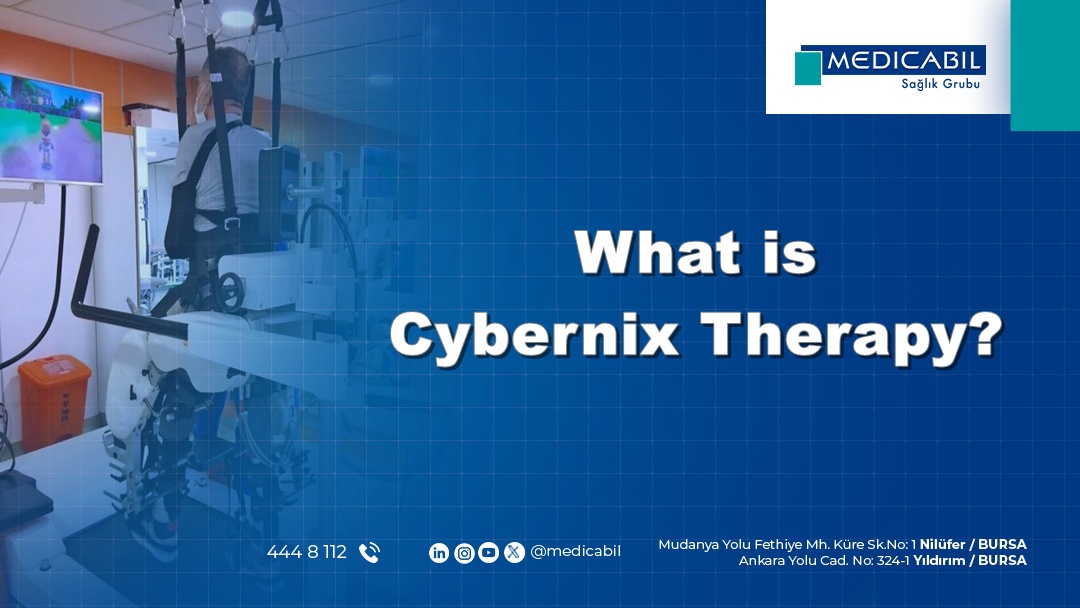 What is Cybernix Therapy?
What is Cybernix Therapy?
-
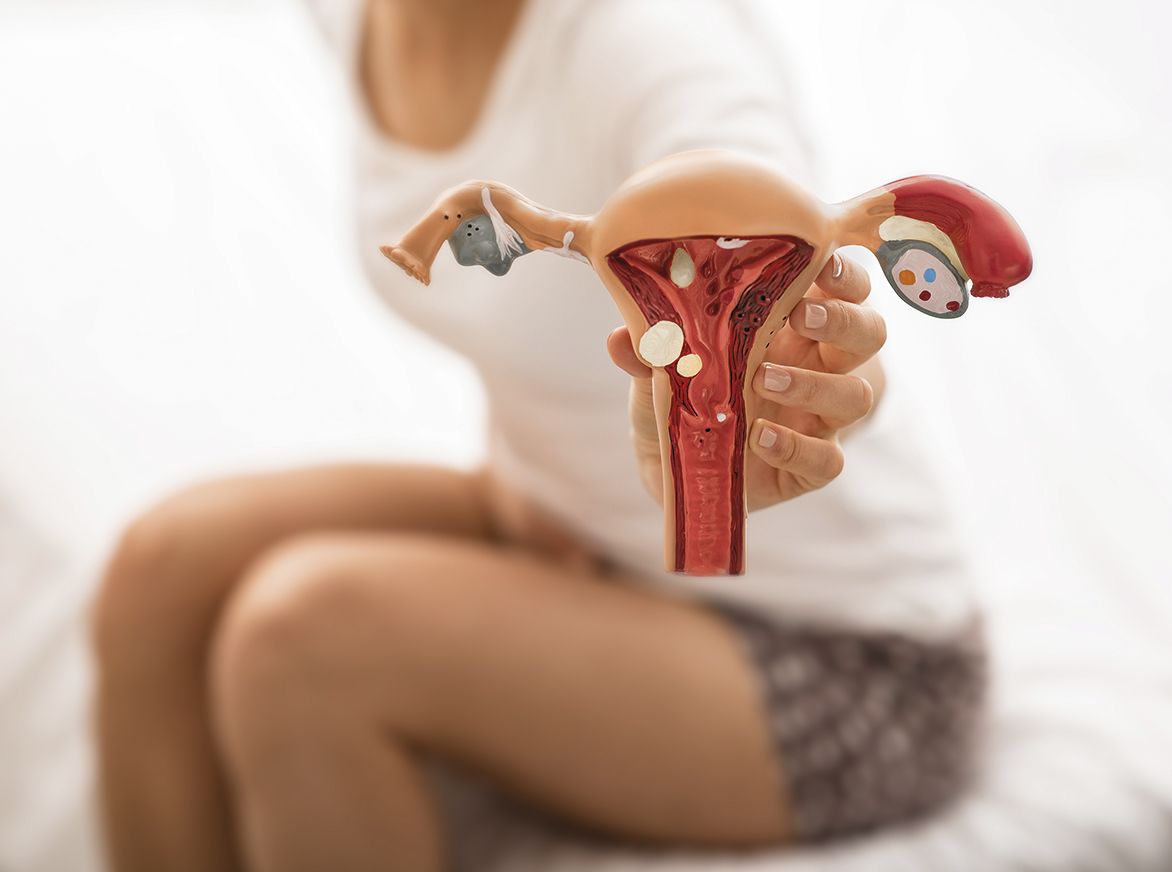 What is Endometriosis (Chocolate Cyst)? What are the symptoms? How to Treat?
What is Endometriosis (Chocolate Cyst)? What are the symptoms? How to Treat?
-
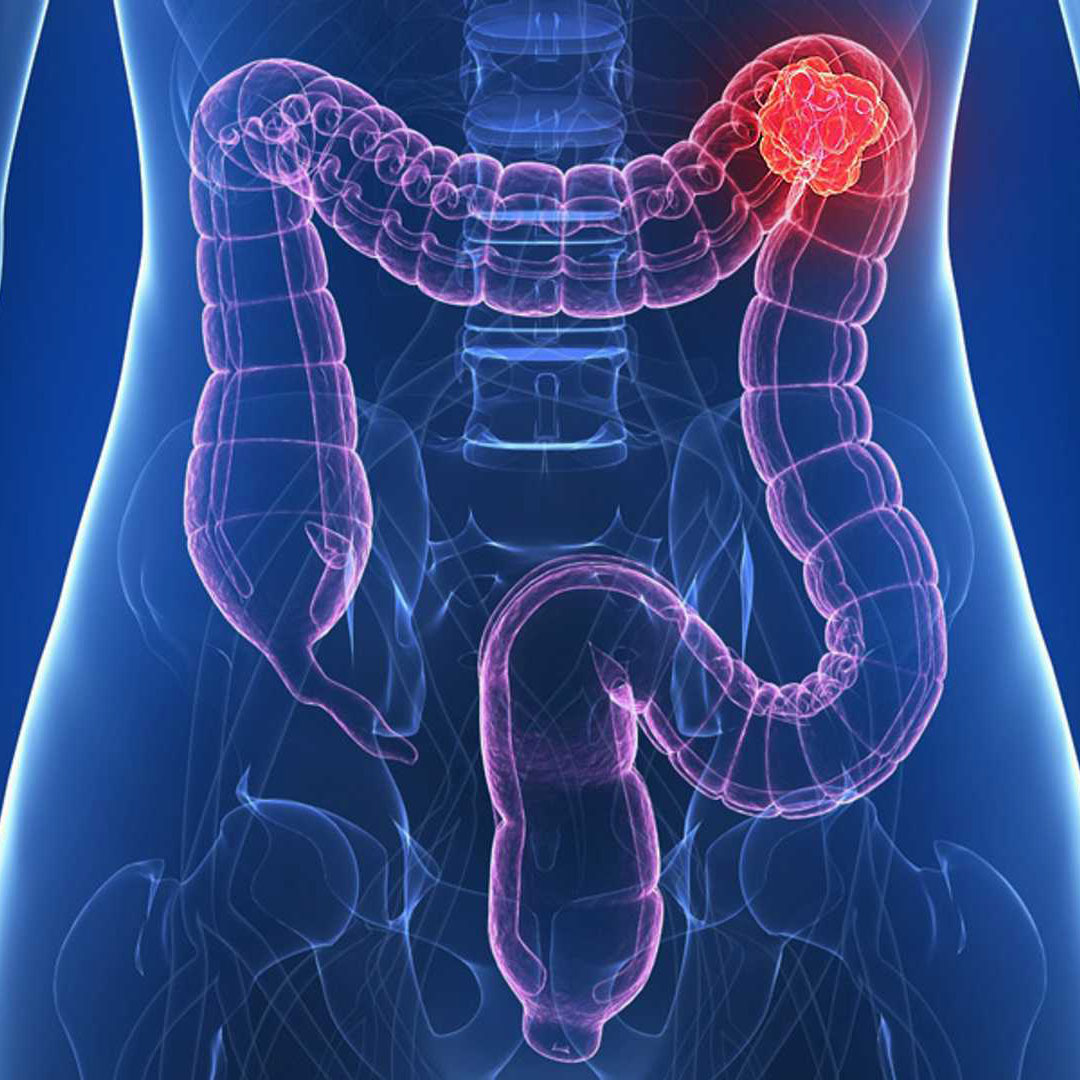 Colon Cancer (Symptoms, Stages, Treatment)
Colon Cancer (Symptoms, Stages, Treatment)
-
 Influenza (Flu) in Children
Influenza (Flu) in Children
-
 Stomach Cancer Symptoms and Treatment Methods
Stomach Cancer Symptoms and Treatment Methods
-
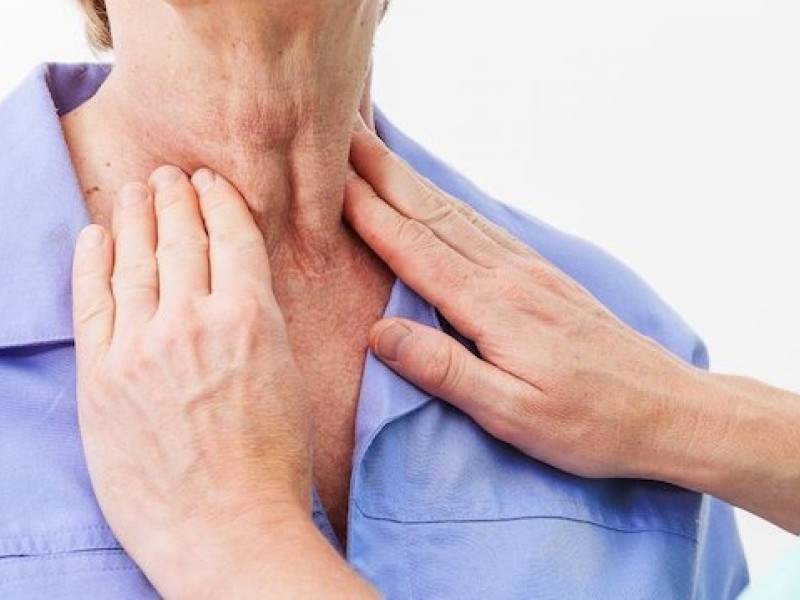 What is Lymph Node Swelling? What Are The Reasons?
What is Lymph Node Swelling? What Are The Reasons?
-
 When to Use Antibiotics? What are the side effects? What is Antibiotic Resistance?
When to Use Antibiotics? What are the side effects? What is Antibiotic Resistance?
-
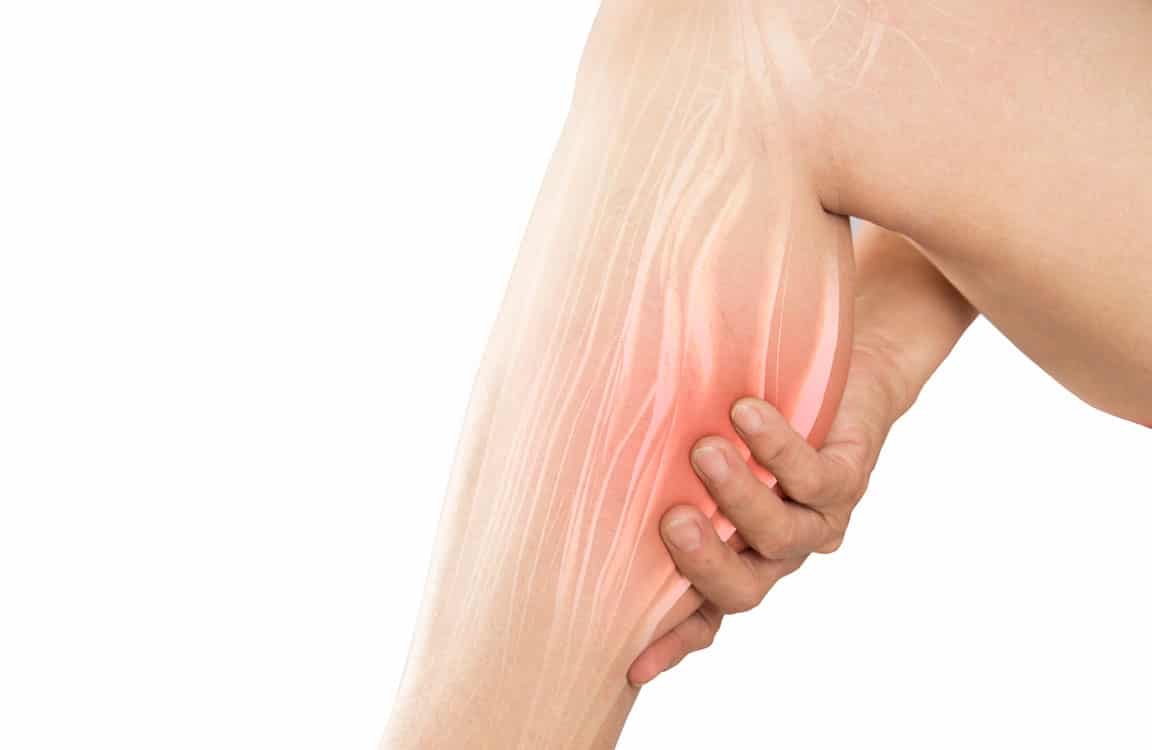 What is Muscle Spasm?
What is Muscle Spasm?
-
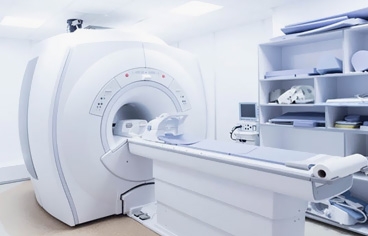 What is MRI? How to Take an MRI with Medication? Is It Harmful?
What is MRI? How to Take an MRI with Medication? Is It Harmful?
-
 What are the Causes of Diarrhea and Vomiting? How to Treat?
What are the Causes of Diarrhea and Vomiting? How to Treat?
